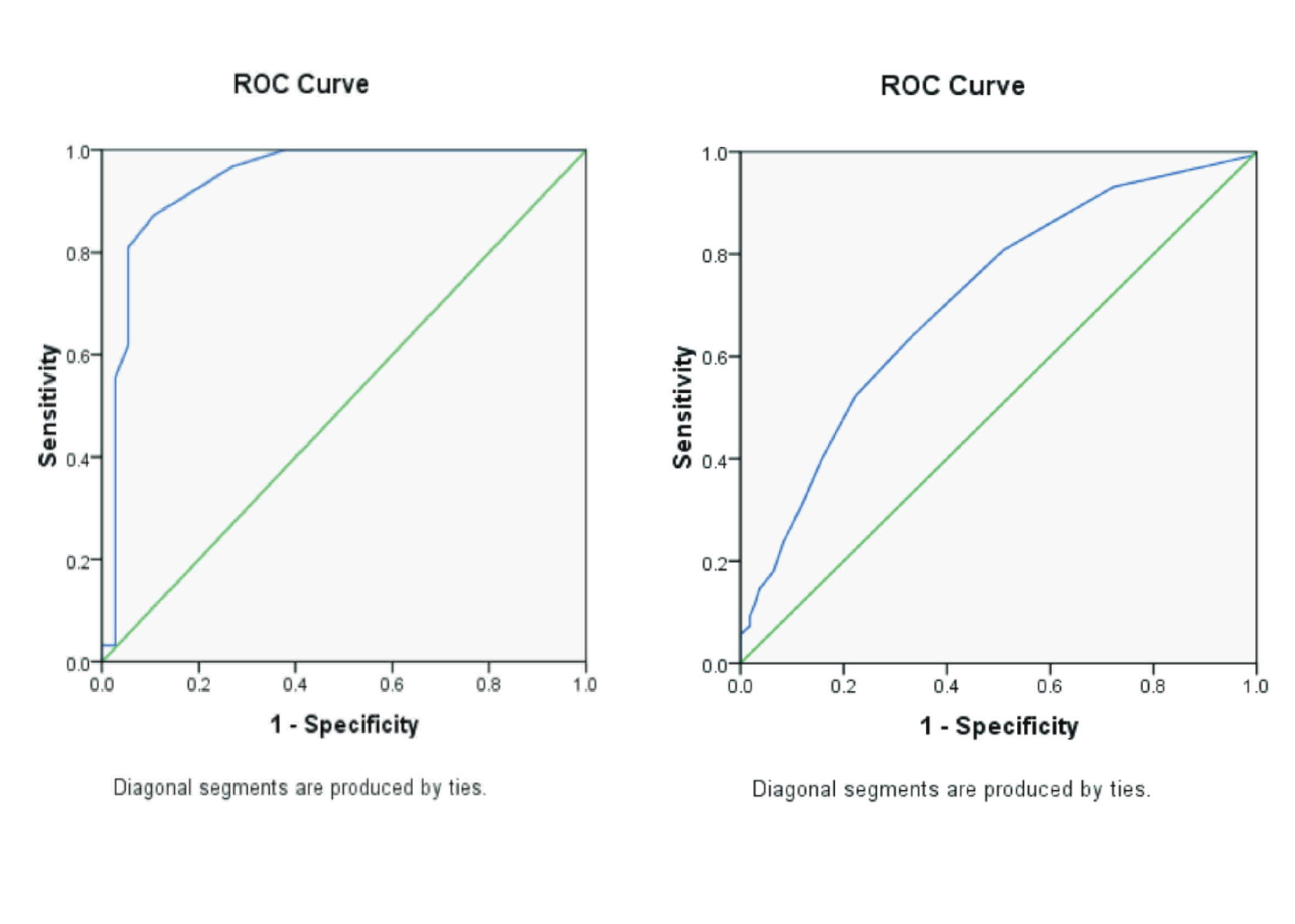COMPARISON OF NUMBER OF DIFFUSION GRADIENT DIRECTION IN BRAIN IMAGING DIFFUSION TENSOR; CASE STUDY OF TUMOR BRAIN
Downloads
Background: Diffusion Tensor Imaging (DTI), namely MRI sequence which is the diffusion of water analysis that shows the complex structure of brain tissue. The weakness of this sequence is scanning time. Number of Diffusion Gradient Direction (NDGD) is one of parameter that effect scanning time. Purpose: This study has aim to compare between NDGD 25 and NDGD 15 in brain tumor. Method: This study used observational analytic study with prospective approach. Five patients were examined using DTI sequence with NDGD 25 and NDGD 15. The parameter for evaluating the quality image is of Fractional Anisotropy (FA) and Fiber Tracking (FT). Result: Image with NDGD 25 was better than NDGD 15, but the difference was not significantly. Conclusion: It can be concluded that NDGD 15 can be solution to get informative image with short scan time when DTI sequence is used to examine brain tumor.
Hecke., Van, W., Emsell, L., Sunaert, S. 2016. Diffusion Tensor Imaging a practical hand book. London: Springer.
Villanova, A., Zhang, S., Kindlmann, G., Laidlaw, D. 2011. An introduction to visualisation of diffusion tensor imagings and its application, AJNR. Pp. 1-29
Westbrook, C. 2000. MRI in practice. 3th edition. Oxford:Blackwell: Pp.35-67.
Zhang, N., Zhen, S.D., Wang F., Xiao Y.W. 2009. Effect of different number of diffusion Gradient on SNR of diffusion Tensor derived-measurement maps, J biomedical Science and Enginering. (2). Pp.96-101
Copyright (c) 2017 Journal Of Vocational Health Studies

This work is licensed under a Creative Commons Attribution-NonCommercial-ShareAlike 4.0 International License.
- The authors agree to transfer the transfer copyright of the article to the Journal of Vocational Health Studies (JVHS) effective if and when the paper is accepted for publication.
- Legal formal aspect of journal publication accessibility refers to Creative Commons Attribution-NonCommercial-ShareAlike (CC BY-NC-SA), implies that publication can be used for non-commercial purposes in its original form.
- Every publications (printed/electronic) are open access for educational purposes, research, and library. Other that the aims mentioned above, editorial board is not responsible for copyright violation.
Journal of Vocational Health Studies is licensed under a Creative Commons Attribution-NonCommercial-ShareAlike 4.0 International License














































